World Earth Day: What are the most sustainably produced cars?
April 22 is World Earth Day. It’s an annual event that’s actually been running since the 1970s, but with current concerns about the environment and climate change, it’s become more significant than ever before.
Its aim is to raise awareness and demonstrate support for environmental protection; whether that’s reducing plastic wastage, kerbing green house gases or protecting the ocean.
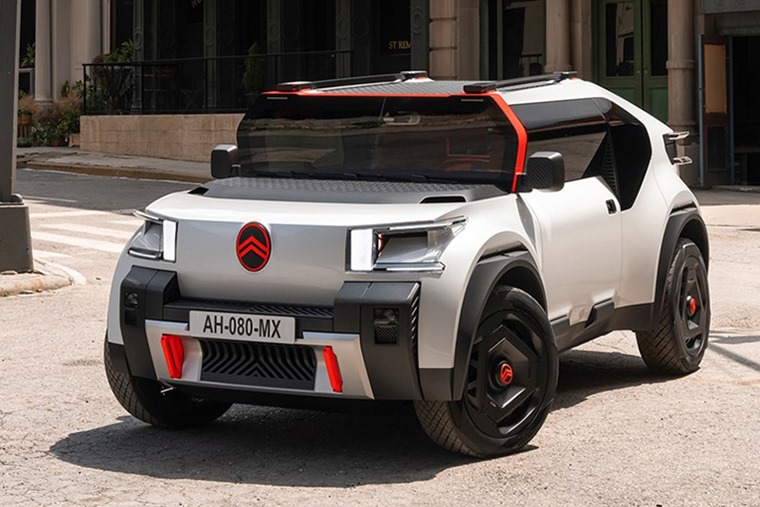
Using the words cars and environment in the same sentence has rarely been seen in a positive light in recent years. While there is a move away from fossil-fuelled vehicles towards zero-tailpipe emission EVs, there remains concerns about vehicles’ whole life-cycle impacts on the environment.
However, the truth is that manufacturers have never been doing more to help protect and accelerate environmental protection. We’re not talking about just switching to electric or hybrid drivetrains here. We’re talking about cars that take a more holistic all-encompassing approach to reducing their emissions.
Below, you’ll find five of the most sustainably-produced vehicles, and some facts on how they go about achieving that.
1. Polestar 2
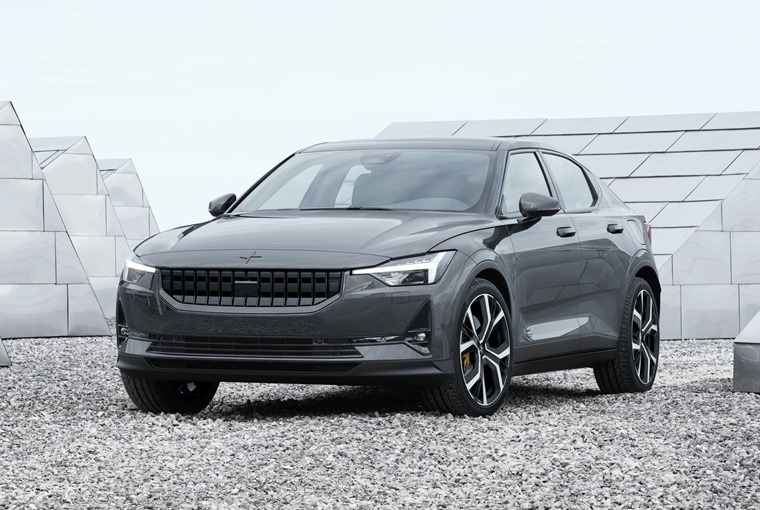
Volvo offshoot Polestar has been one of the most vocal and transparent brands when it comes to talking about sustainability. Aside from its impressive array of fully electric cars, it was one of the first brands to publish a full sustainability overview of its vehicles.
Every year it creates a report on the green credentials of its vehicles, including total carbon footprint, the sourcing of materials and other key factors.
Take a look at the Polestar 2. It is produced in a 100% solar energy plant, while 85% of its components are recyclable. Inside, you’ll find sustainable materials used throughout including rPET (recycled plastic) and reconstructed wood.
The upholstery is also manufactured using a process that reduces chemical usage from between 35 and 45% to just 1% of the production process.
2. Mazda MX-30
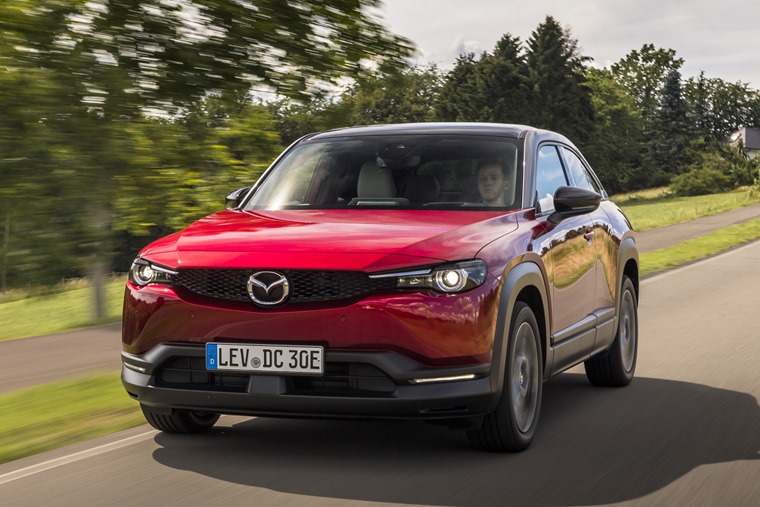
Mazda has been using sustainable recycled materials during its development processes for decades, and has always focused on ensuring its products are as reliable as possible – resulting in impressive life cycles.
With its move towards electrification, we’ve seen the introduction of the funky MX-30. With its rear-hinged doors and rEV version featuring a small, rotary engine, it harks back to the famous RX-8.

But it has also made sustainable materials a real talking point on the inside. You’ll find fabric and door cards that are made with recycled plastic throughout, but most notable is the use of cork in the centre console.
It doesn’t sound like it should work, but it really lifts the cabin and provides a talking point. Interestingly, the use of sustainable cork is a nod to the company’s founding business, which began life as a cork manufacturer in 1920.
3. BMW i5
BMW’s electric vehicles have come on leaps and bounds in recent years, and are now firm market leaders in this domain. Its i5 and iX models have a real focus on sustainable production too.
You’ll find the plants where they are made utilise eco-electricity where possible (or are offset elsewhere when it isn’t). The floor panels are made using the material from old fishing nets and other recycled plastic, too.
It’s one of the handful of manufacturers that is now offered leather-free alternatives to upholstery too. The i5’s Veganza seats are 100% vegan friendly, removing leather (and therefore animals) from production completely.
4. Tesla Model Y
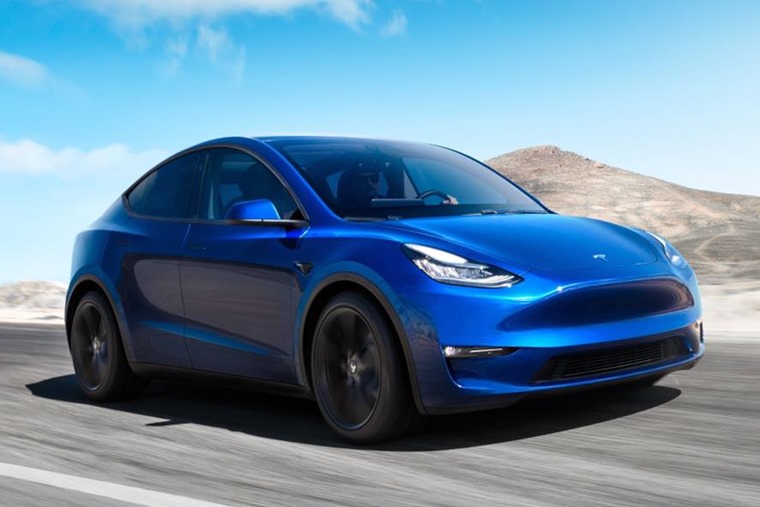
Of all EV manufacturers, it is Tesla that has consistently taken the most holistic approach to sustainability. Its huge giga-factories have been designed and built to limit waste from the get-go, while the deployment of solar and wind to power them ensures the most eco-friendly of production lines.
Some examples of how Tesla has taken things up a notch include its reduction of water usage during the production process (an often forgotten yet essential element for any manufacturer), while it now uses AI to control its ventilating and heating, ensuring optimum efficiency.
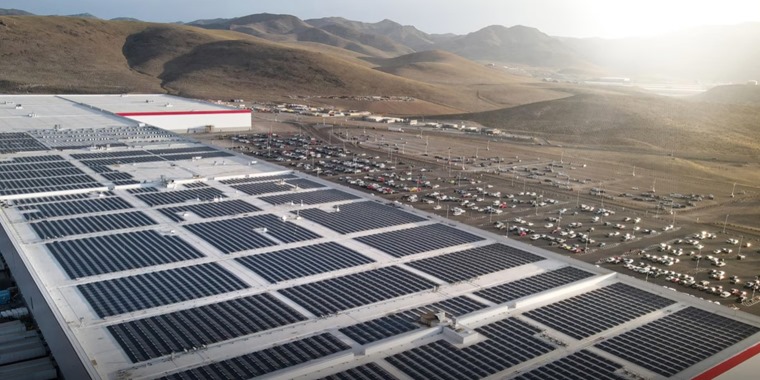
And that’s all before we even talk about the car, which itself utilises a huge amount of sustainably sourced materials. Tesla is also committed to ensuring its Supercharger network uses (or is offset with) eco-friendly energy options such as wind and solar.
5. Citroen Oli
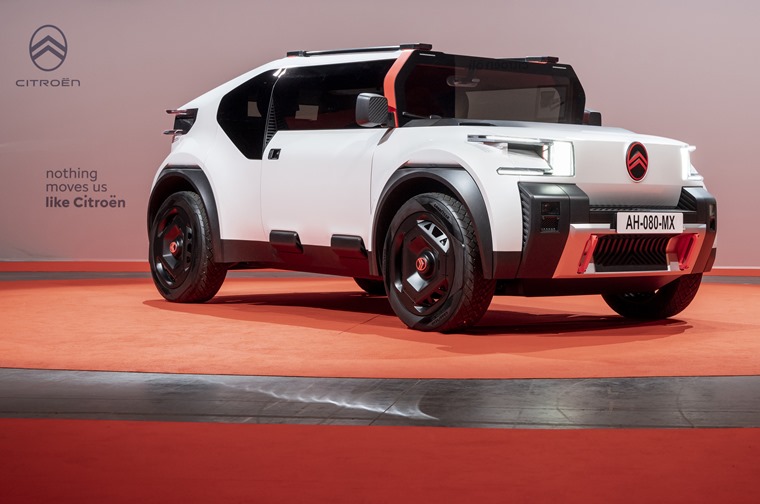
The Citroen Oli is still a concept (although its styling is aped in the new C3 Aircross). But it really is a showcase of how far manufacturers could go in creating a sustainable product. The Oli concept was built using 100% recycled materials.
But its eco-credentials don’t stop there. It has been specifically designed to ensure vehicle parts can be reused and recycled throughout its life. There’s also a focus on weight (or lack thereof). The average car now weighs more than 2000kg, while the Oli weighs 1000kg.
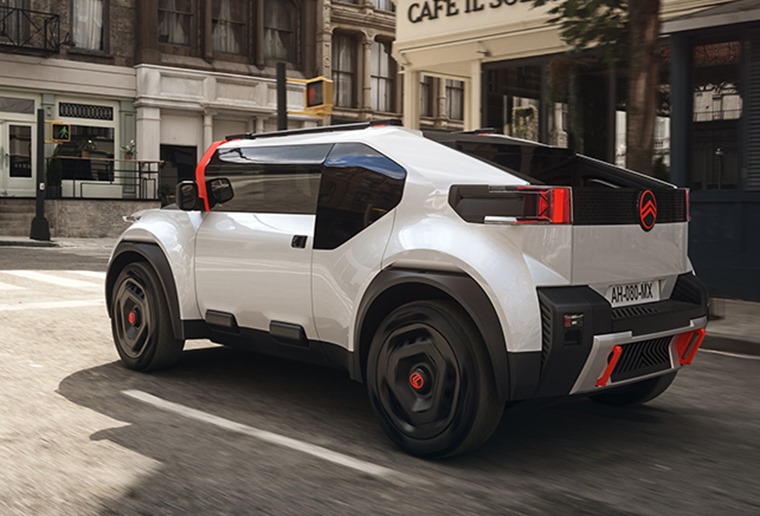
The result of this is better efficiency across the board – particularly when it comes to electric range. All its body panels are made using reinforced cardboard which is then coated by resin.
Not only does this keep the weight down, but it also immediately cuts the environmental impact at the point of production. It will be interesting to see if future Citroens – or any vehicle for that matter – follow the Oli’s lead and make it into production in the coming years.
Ready for a more sustainable car?
While the models above highlight the importance of taking a wider look at the impact a car’s life cycle has on the environment, there’s little doubt that swapping out a petrol or diesel vehicle for an electric one is a step in the right direction to achieving a reduction in emissions.
Check out and compare prices and specifications on all EV leases right now by hitting the button below. Alternatively, check out our A to Z of EVs, which lists every electric vehicle that is on offer in 2024.
